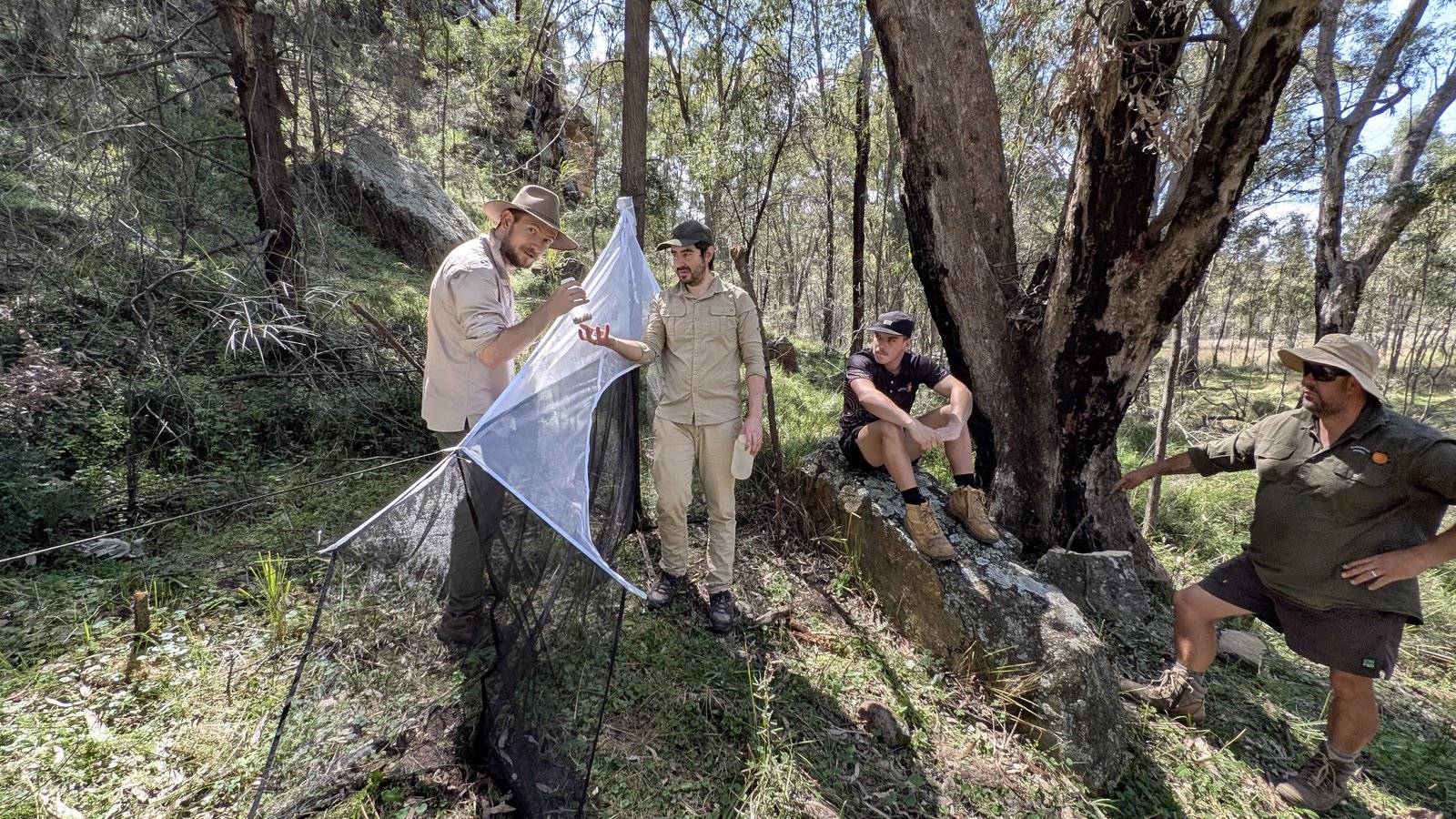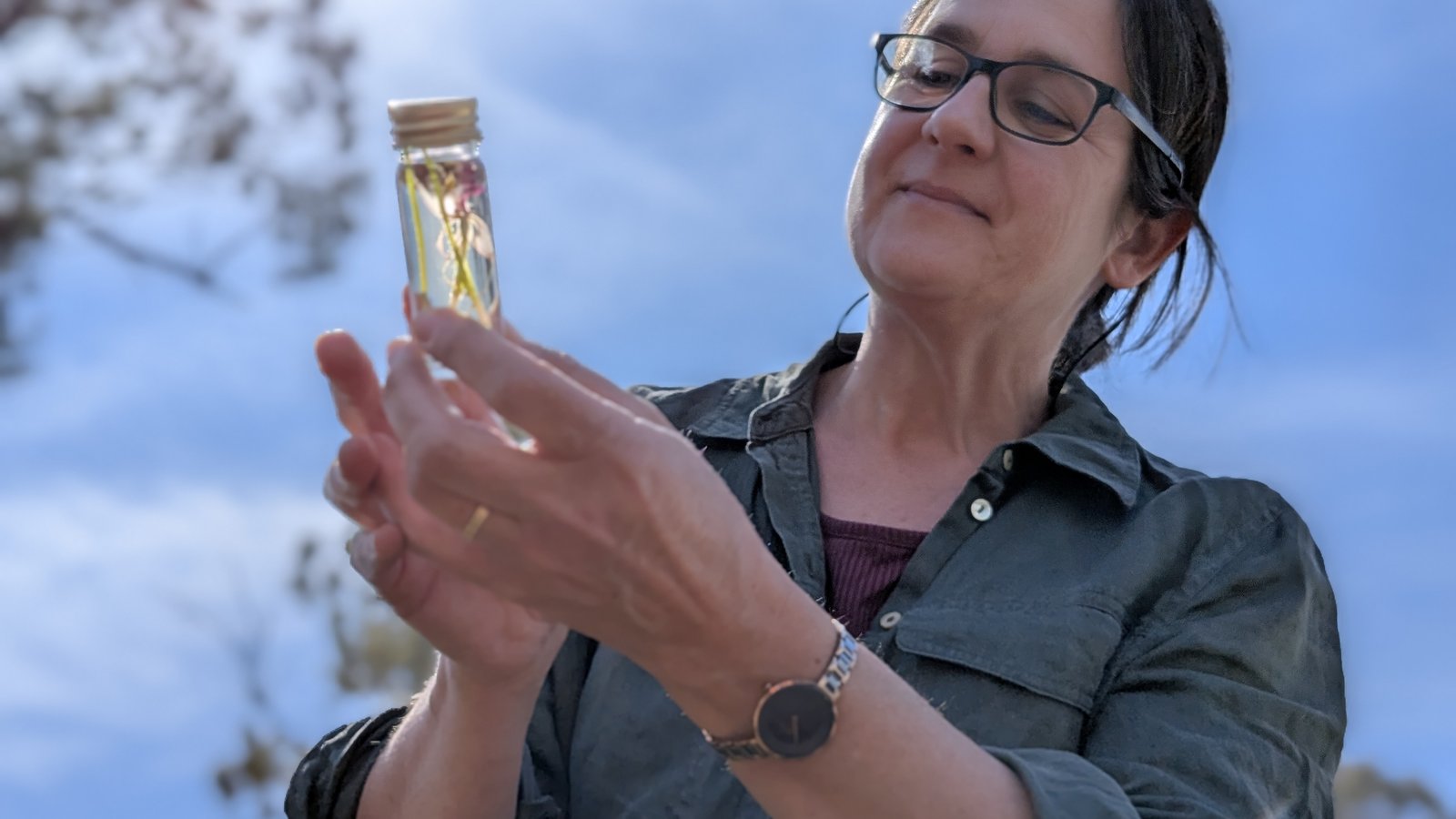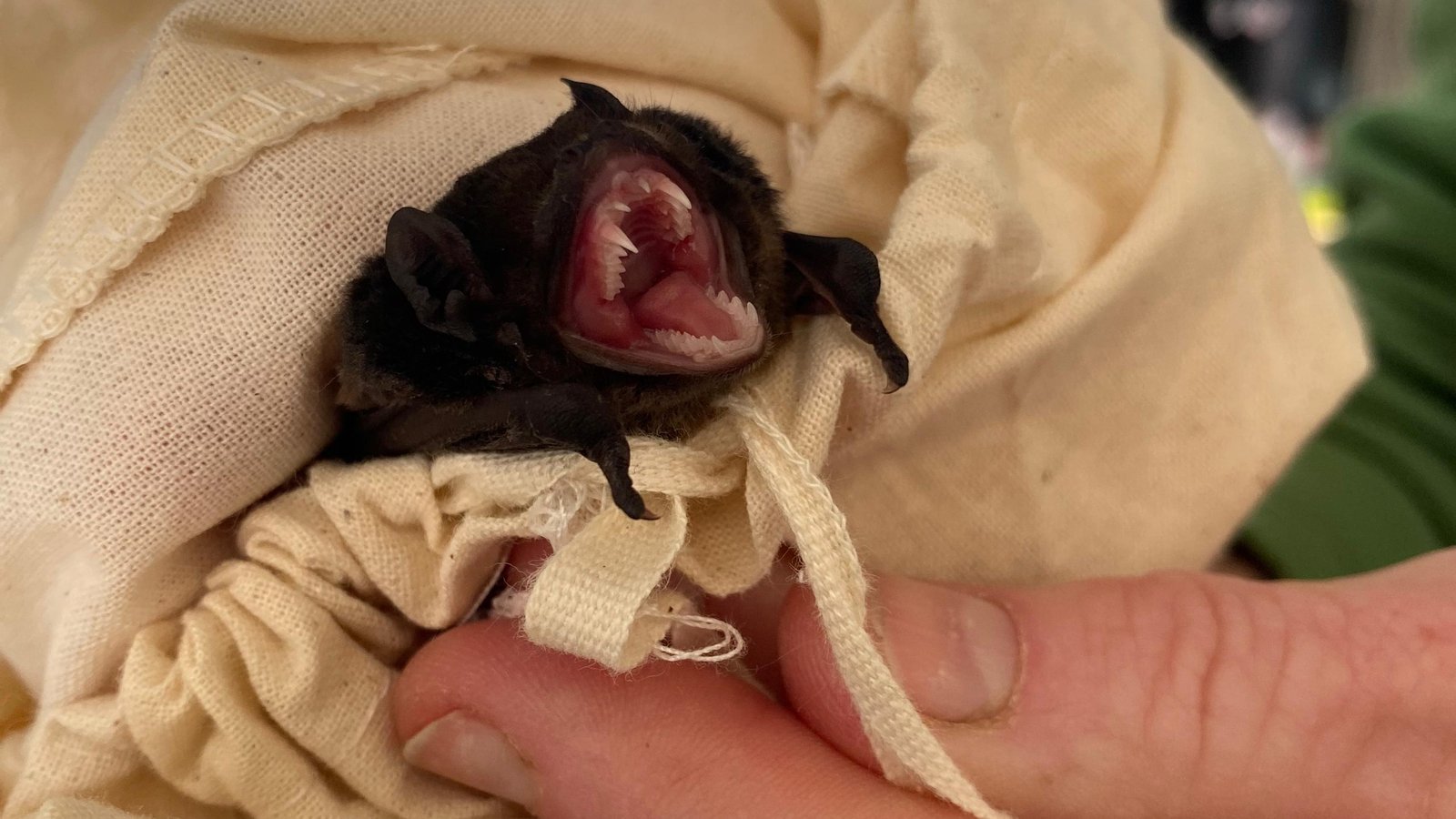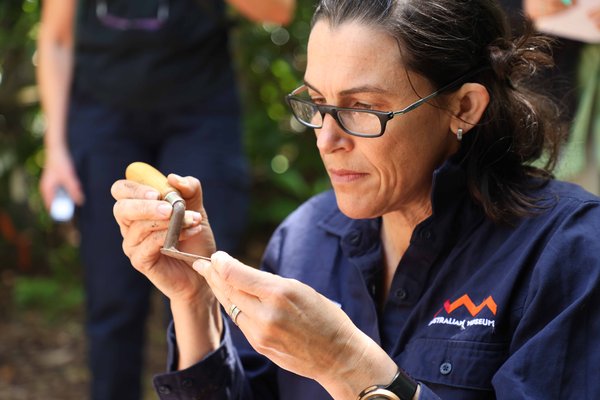First Nations leaders and scientists uncover biodiversity treasures in NSW's Pilliga
First Nations leaders, scientists and researchers joined forces for a two-week Bush Blitz biodiversity survey on Gamilaraay, Gamilaroi and Gomeroi Countries in the Pilliga, NSW – the largest remnant semi-arid woodland in the state.
The survey, which ran from 22 September to 3 October 2025, explored a biodiverse landscape home to some 900 species of plants, 50 reptiles, at least 15 frogs, and 18 bat species, including listed threatened species. The expedition aimed to build a better understanding of the region's species and identify those requiring further protection.
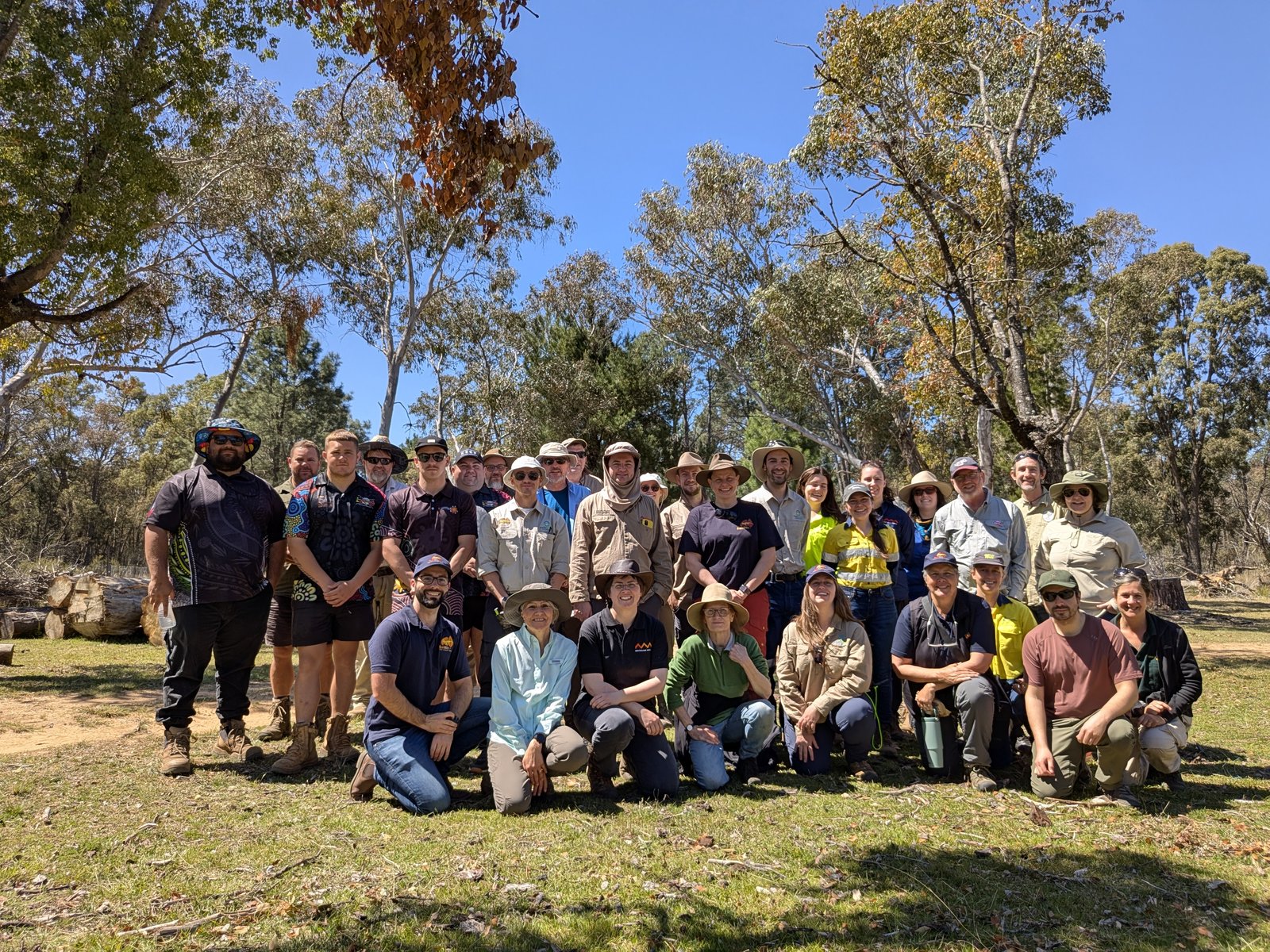
© Bryan Lessard, Bush Blitz
Brandon Nixon, CEO of Coonabarabran Local Aboriginal Land Council, said it was a pleasure to host the Bush Blitz team at Burra Bee Dee and the Ukerbarley Aboriginal Area, sharing local history and finding species new to science that were previously unknown to the community.
"Our team gained new knowledge and ideas from spending time with the scientists and we look forward to seeing what else has been discovered throughout our Traditional lands," Mr Nixon said. "Partnerships like this don't happen every day and we are grateful for the chance to be a part of the program. We welcome the Bush Blitz team back to Coonabarabran any day."
The Pilliga Bush Blitz team of up to 60 participants brought together Murrunmala Dhawun Rangers, Coonabarabran Local Aboriginal Land Council, Australian Museum, Botanic Gardens of Sydney, CSIRO, University of NSW, University of New England, Australian Wildlife Conservancy, National Parks and Wildlife Service and Forestry Corporation.
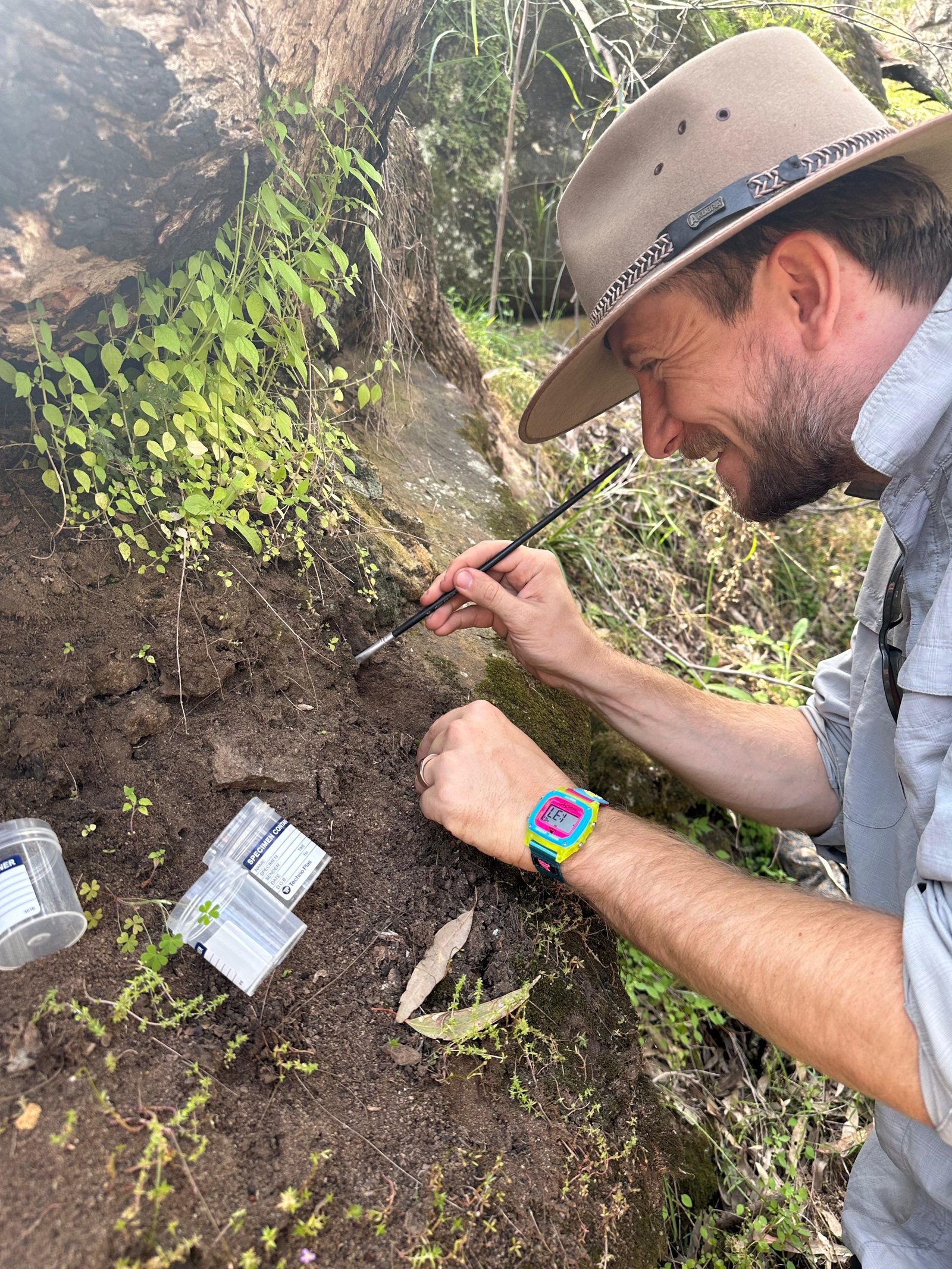
© Rob Manon
Acting Chief Scientist at the Australian Museum, Professor Shane Ahyong, said Bush Blitz demonstrates the power of bringing together Traditional Owners, scientists and land managers to protect Australia's biodiversity.
"These partnerships don't just help us discover species new to all sciences, they ensure First Nations' knowledge and scientific expertise work hand-in-hand to safeguard natural heritage for future generations," Professor Ahyong said.
As a unique partnership among the Federal Government, BHP and Earthwatch Australia, Bush Blitz also invited school teachers and BHP employees into the field to learn about the importance of native species directly from scientists and bring their learnings back to the classroom and office.
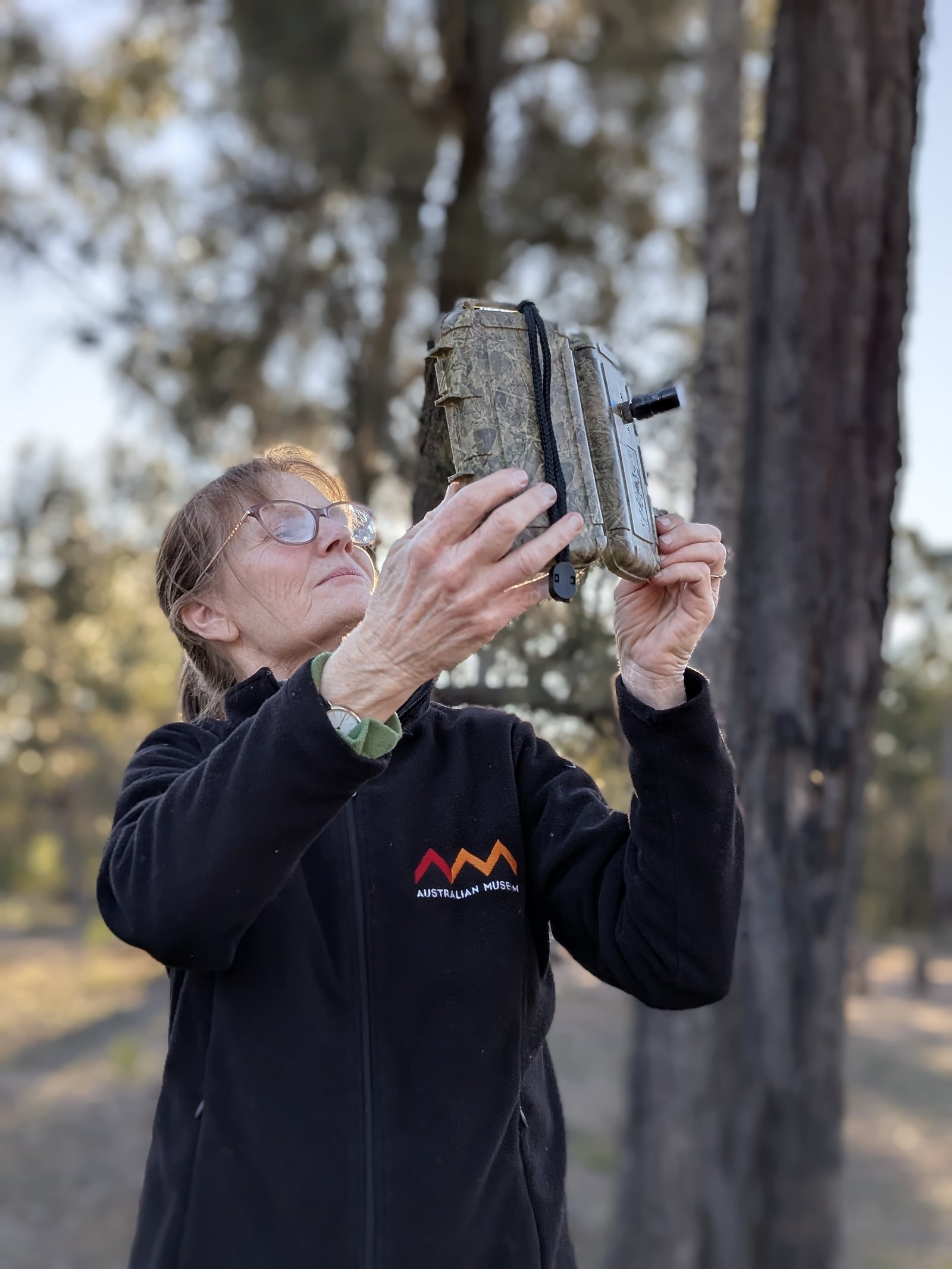
© Bryan Lessard, Bush Blitz
Trevor Wilson, Systematic Botanist at Botanic Gardens of Sydney, said the organisation was proud to be part of this annual effort to increase knowledge of Australia's remarkable biodiversity.
"Bush Blitz has collected thousands of new or undescribed native species over the past 16 years," Mr Wilson said.
Following the completion of fieldwork, the Pilliga Bush Blitz team is now analysing specimens and data collected across the 5,000 square kilometre survey area. Scientists are working collaboratively to identify species, confirm new findings, and compile comprehensive biodiversity records that will be made publicly available through national databases.
These findings will be shared with Traditional Owners, land managers, conservation groups, and the broader scientific community to inform future protection strategies for the Pilliga's unique ecosystems.
The data will also contribute to Bush Blitz's growing national dataset, which continues to reshape understanding of Australia's biodiversity and guide evidence-based conservation decisions across the continent.
The Bush Blitz program is the world's largest biodiversity survey program and has recorded more than 2,054 putative species new to science from all states and territories.
Learn more about Bush Blitz via https://bushblitz.org.au/.

